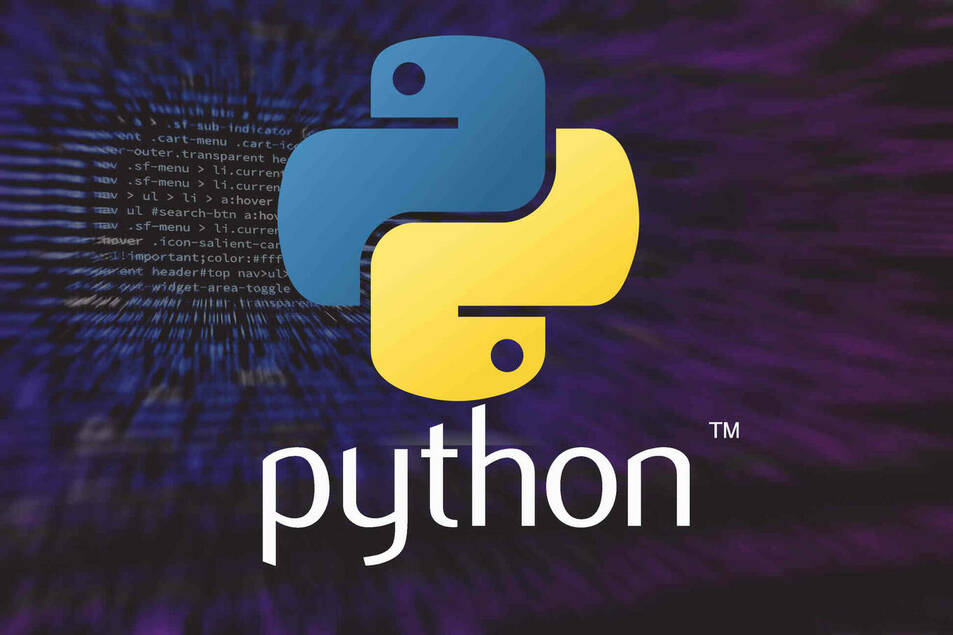Table of Contents
Hello, data enthusiasts! If you're diving into the world of Python and its powerful library Pandas, especially if you're a budding data scientist, you're in the right place. Today, we're focusing on aggregation—how you can summarize, transform, and extract insights from your data efficiently.
Getting Started with Pandas
Before we dive into the thick of things, ensure you have Pandas installed. If not, a quick run of pip install pandas in your command prompt should set you up. Then, import Pandas and let's start manipulating some data!
|
1 |
import pandas as pd |
Basic DataFrame Operations
Creating a DataFrame is your first step. Here's a simple example:
|
1 2 3 4 5 6 |
data = { 'Name': ['John', 'Anna', 'Peter', 'Linda'], 'Age': [28, 22, 34, 29], 'City': ['New York', 'Paris', 'Berlin', 'London'] } df = pd.DataFrame(data) |
With your DataFrame ready, let's explore the aggregation functions that can help simplify your data analysis tasks.
Mean and Median
These are basic statistical functions that give you a central tendency of the data.
|
1 2 3 4 5 6 7 |
# Calculate the mean age mean_age = df['Age'].mean() print("Average Age:", mean_age) # Output: Average Age: 28.25 # Calculate the median age median_age = df['Age'].median() print("Median Age:", median_age) # Output: Median Age: 28.5 |
Sorting DataFrames
Sorting your data can help you quickly make sense of it, particularly when you're looking to order rows based on a specific column.
|
1 2 3 4 5 6 7 8 9 10 11 |
# Sort by Age sorted_df = df.sort_values(by='Age') print(sorted_df) """ Output: Name Age City 1 Anna 22 Paris 0 John 28 New York 3 Linda 29 London 2 Peter 34 Berlin """ |
Cumulative Statistics
Cumulative calculations give you a running total of statistics as you move from the top of the DataFrame down.
|
1 2 3 4 5 6 7 8 9 10 11 |
# Cumulative sum of ages df['Cumulative Age'] = df['Age'].cumsum() print(df[['Name', 'Age', 'Cumulative Age']]) """ Output: Name Age Cumulative Age 0 John 28 28 1 Anna 22 50 2 Peter 34 84 3 Linda 29 113 """ |
Dropping Columns and Rows
Sometimes you need to clean your DataFrame by removing unnecessary columns or rows.
|
1 2 3 4 5 6 7 8 9 10 11 12 13 14 15 16 17 18 19 20 |
# Drop the 'City' column df_dropped = df.drop(columns=['City']) print(df_dropped) """ Output: Name Age 0 John 28 1 Anna 22 2 Peter 34 3 Linda 29 """ # Drop rows where Age is below 30 df_dropped = df[df['Age'] >= 30] print(df_dropped) """ Output: Name Age City 2 Peter 34 Berlin """ |
Creating Subsets
Subsetting allows you to focus on specific slices of your dataset based on conditions.
|
1 2 3 4 5 6 7 8 9 10 |
# Subset with Ages greater than 25 subset_df = df[df['Age'] > 25] print(subset_df) """ Output: Name Age City 0 John 28 New York 2 Peter 34 Berlin 3 Linda 29 London """ |
Advanced DataFrame Operations
Grouping Data
Grouping is a powerhouse function in Pandas. It lets you group data in a specific way and then apply a function to each group.
|
1 2 3 4 5 6 7 8 9 10 11 12 |
# Group by City and calculate mean Age grouped = df.groupby('City')['Age'].mean() print(grouped) """ Output: City Berlin 34.0 London 29.0 New York 28.0 Paris 22.0 Name: Age, dtype: float64 """ |
Pivoting Data
Pivoting is particularly useful when you need to reorganize your data, turning unique values into separate columns.
|
1 2 3 4 5 6 7 8 9 10 11 12 |
# Pivot Table to display ages in each city pivot = df.pivot_table(values='Age', index='Name', columns='City', fill_value=0) print(pivot) """ Output: City Berlin London New York Paris Name Anna 0 0 0 22 John 0 0 28 0 Linda 0 29 0 0 Peter 34 0 0 0 """ |
Why Use Pandas for Data Aggregation?
Pandas is not just powerful; it’s also intuitive. By providing a broad range of functions to manipulate your data, it allows for clear, readable, and concise code. Whether you're aggregating sales data, analyzing website traffic, or processing scientific measurements, Pandas makes data manipulation a breeze.
Real-world Application
Imagine you're analyzing customer data for a tech company. You need to quickly assess the average user age, sort customers by their purchase activity, and identify which city has the youngest users. Pandas enables all of these with minimal lines of code, providing insights that drive strategic business decisions.
Conclusion
Pandas is a critical tool for anyone in the field of data science due to its flexibility, efficiency, and the depth of its features. From basic statistics to complex data transformations, mastering Pandas will provide you with a solid foundation for analyzing and understanding your data.
Remember, the key to becoming proficient with Pandas, like any other programming skill, is practice. Dive into datasets, try out different methods, and keep exploring the vast capabilities of Python and Pandas! Happy coding!

